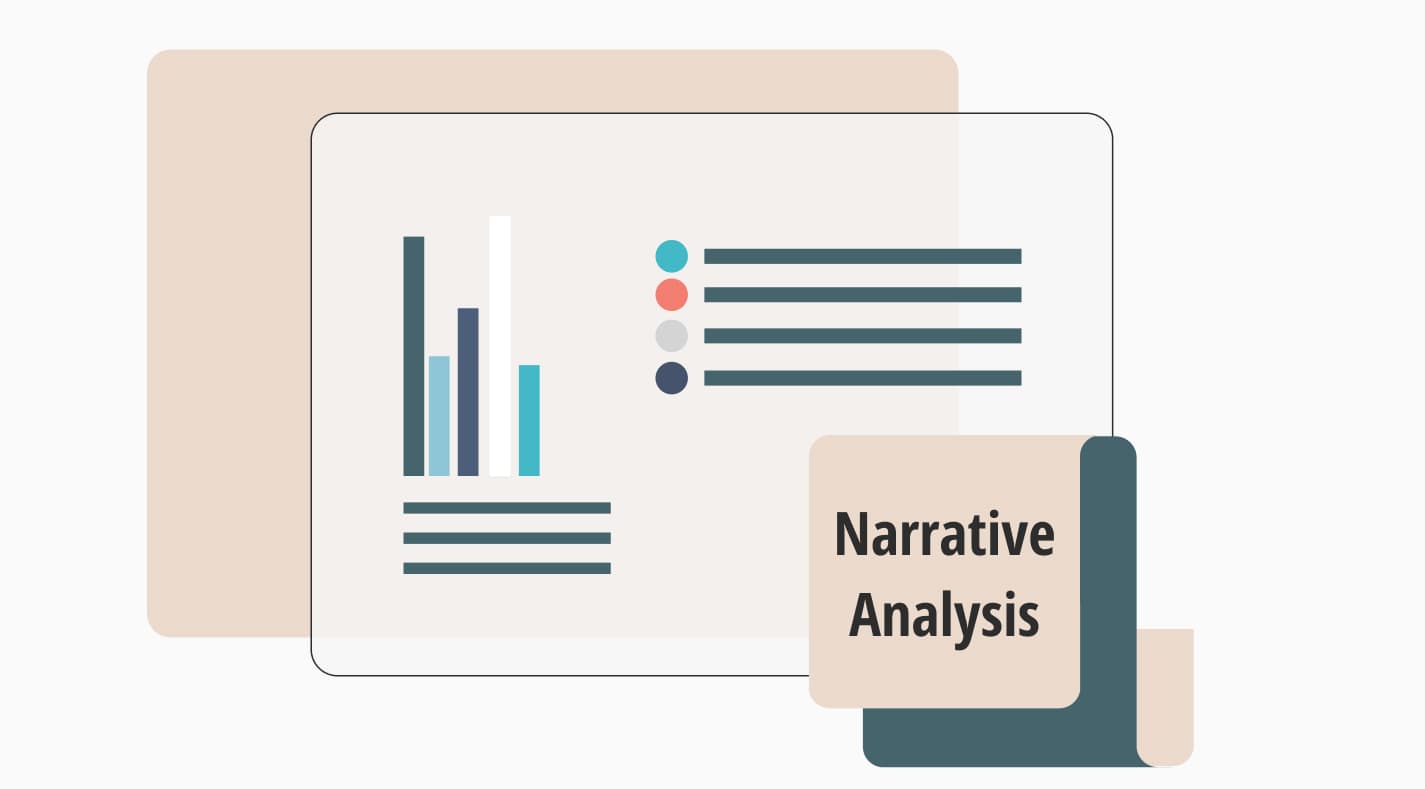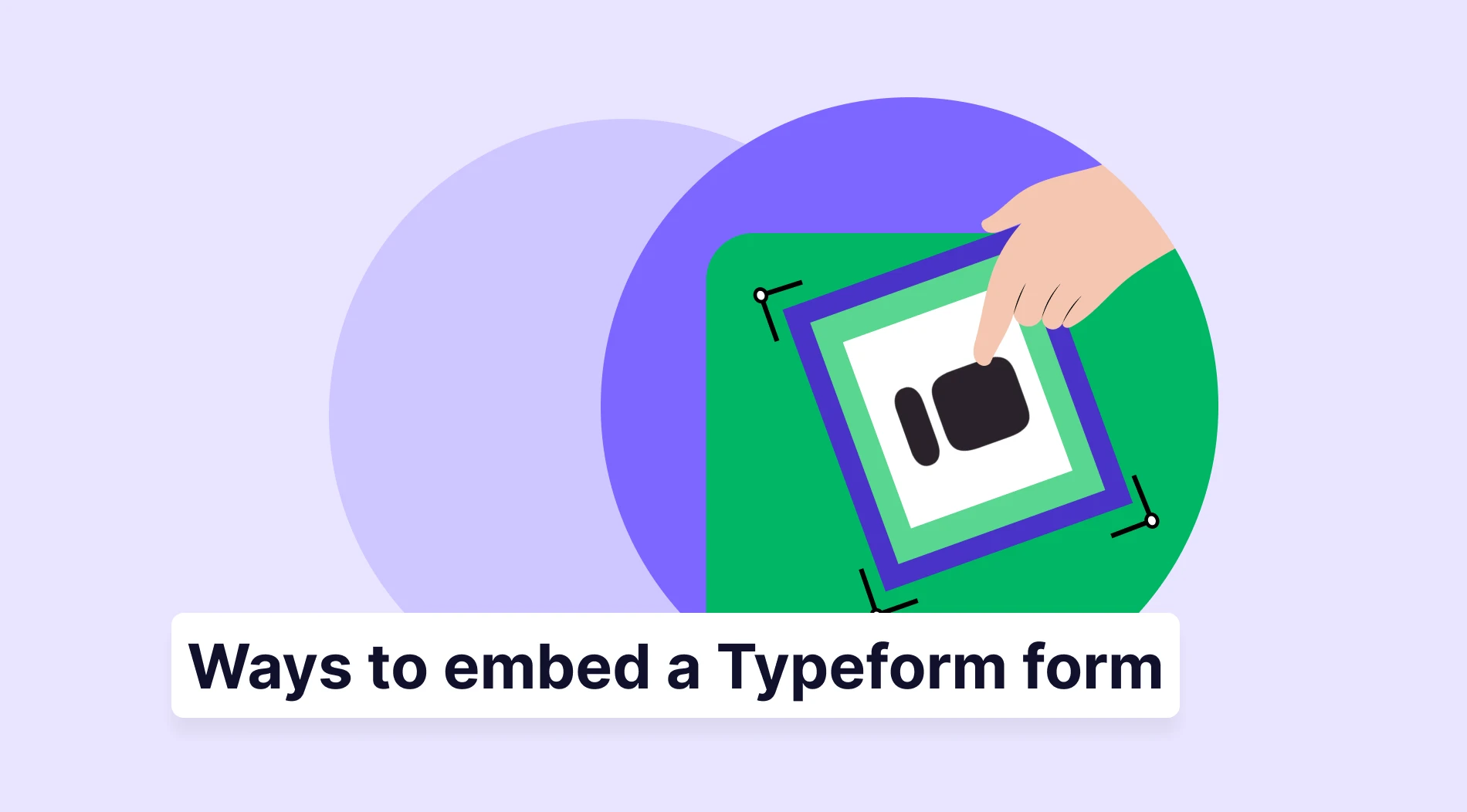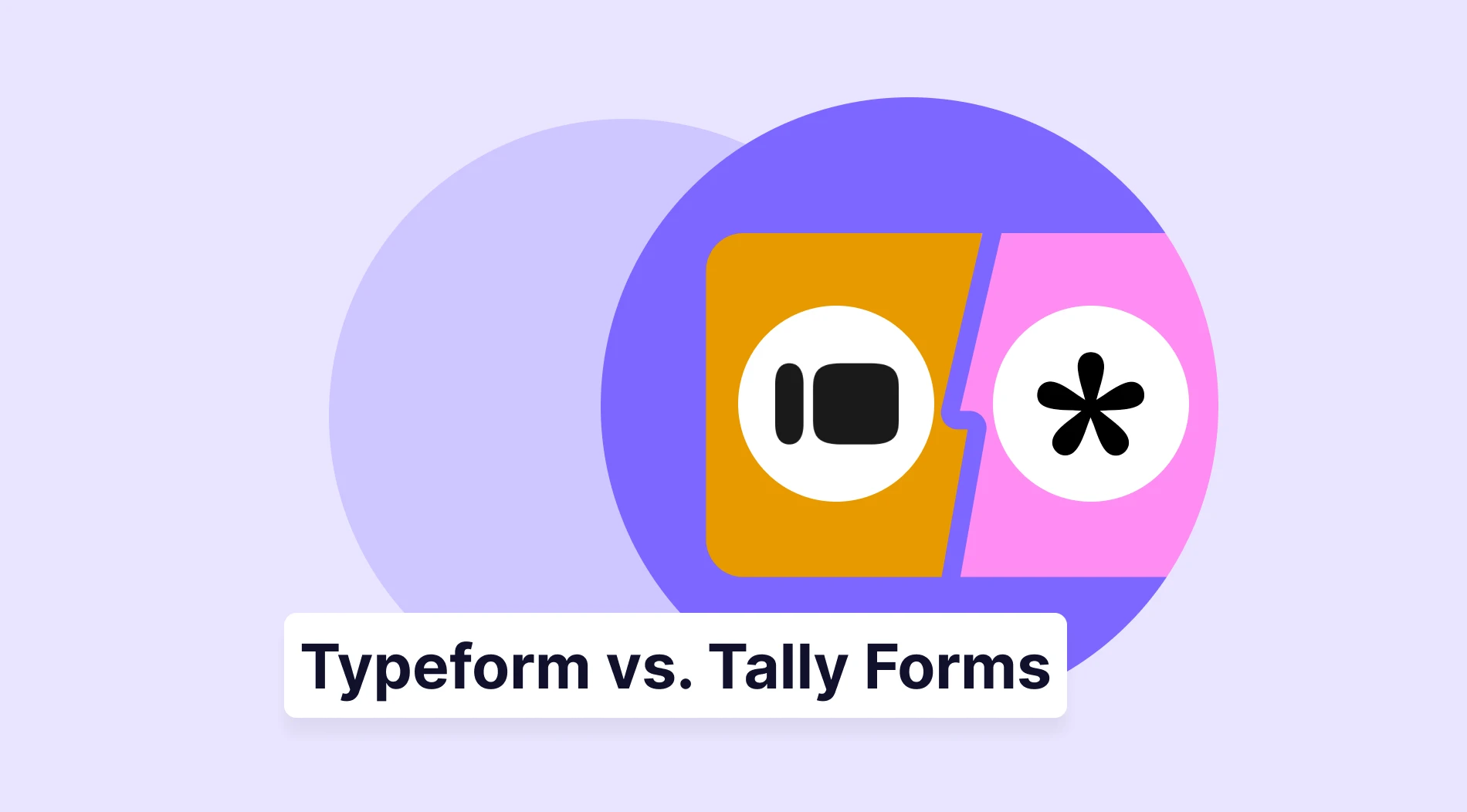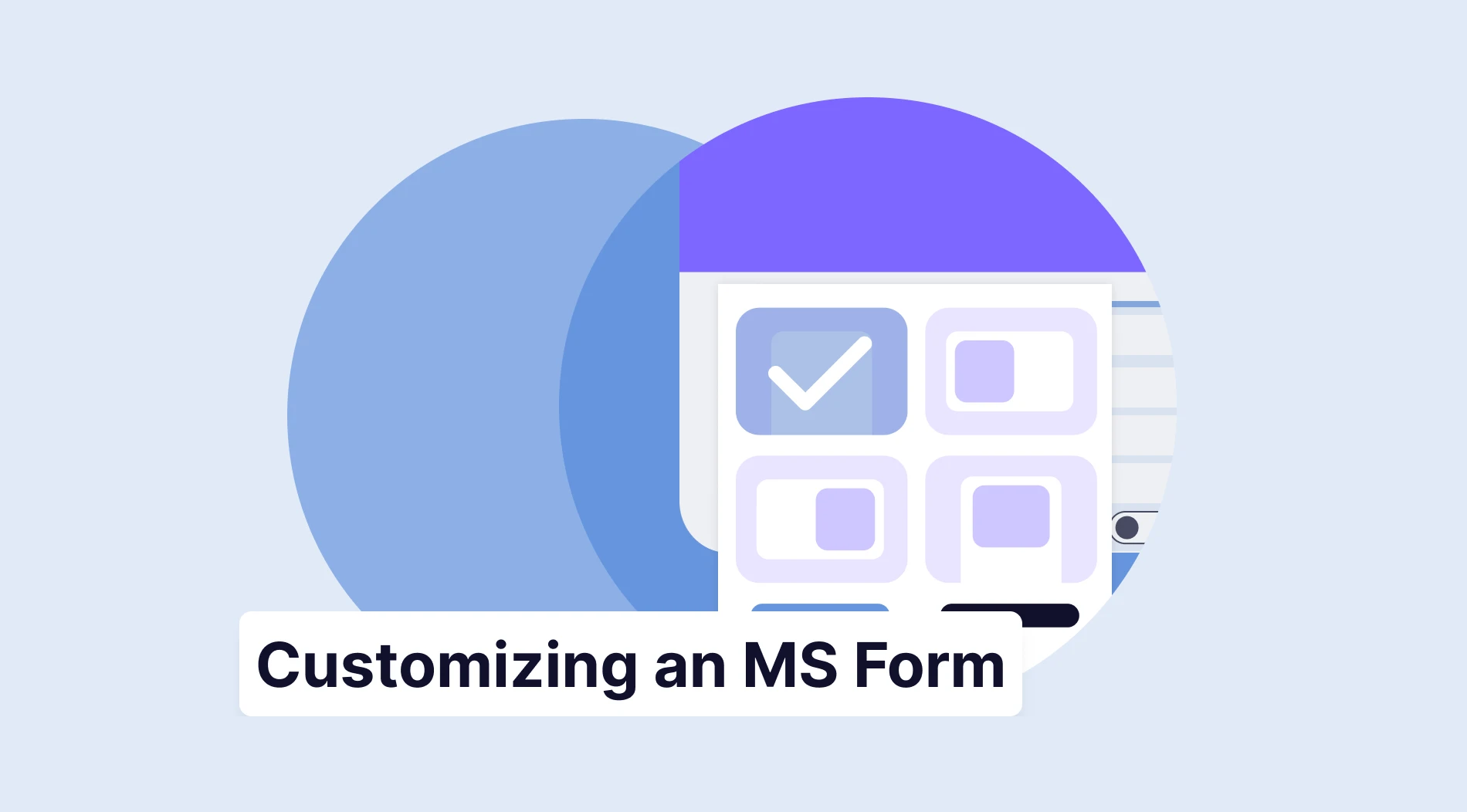Narrative analysis, a beneficial analysis method, will be beneficial for both the academic community and businesses. And it is now something you can do very easily. Examining people's life experiences using a professional method on a scientific basis will be a blessing, especially for businesses that need to be better versed in this field. But first, you should understand how this analysis works.
In this article, you can learn the detailed definition of narrative analysis through narrative method examples to get a deeper understanding of conducting narrative analysis. You will read and understand in a simple and effective way which paths should be followed in the analysis. In this way, you can improve your company’s identity and organization and make effective strategies accordingly.
What is narrative analysis?
Narrative analysis is a type of qualitative research procedure that allows researchers to understand the minds of individuals through the acquired data.
The data can be obtained from various sources like newspapers, letters, autobiographies, and even basic and deep conversations between individuals. The collected data is then analyzed to reveal how people express themselves and what kind of narrative they have.
Why and when do you need narrative analysis?
Narrative analysis is a valuable approach to gaining insights within an organization. You can get a better understanding of its culture and decision-making processes. It helps determine corporate values, expressions, and viewpoints that go beyond numerical metrics.
Thus, it provides the opportunity to prevent corporal crises before they occur. You can adapt to the situation by interpreting changes in the personal narratives. So, conducting a narrative analysis in a short time is advisable for you to gain success and strength.
How to capture narrative data
Capturing narrative data involves orderly collecting stories or personal accounts from focus groups. You should clearly define the objectives you aim for in research. Then, selecting the right focus group or written material is a must. After that, you can choose the most appropriate method for your research, such as one-to-one interviews, surveys, questionnaires, or document analysis from the written materials of individuals, such as letters, emails, diaries, and posts.
How to transcribe narrative data
Transcribing the narrative data is used to convert recorded or spoken language data into a written format. You can use appropriate tools or software and choose a transcription method (verbatim or edited). And if you want a clear format, you should include participant identifiers and timestamps. You can always replay the recordings to ensure accuracy. Sometimes, there are non-verbal cues that you can show by adding special symbols. Finally, you can proofread and check if your transcription needs editing.
How to code narrative data
Coding the narrative data is a process of analyzing and categorizing the patterns or concepts within the narratives. It involves generating initial codes by identifying recurring concepts. You can apply open coding to explore the data without limitations. Then, you can move to axial coding to interrelate codes. For this, you should consider utilizing software for better qualitative data analysis.
Methods/Types of Narrative Analysis
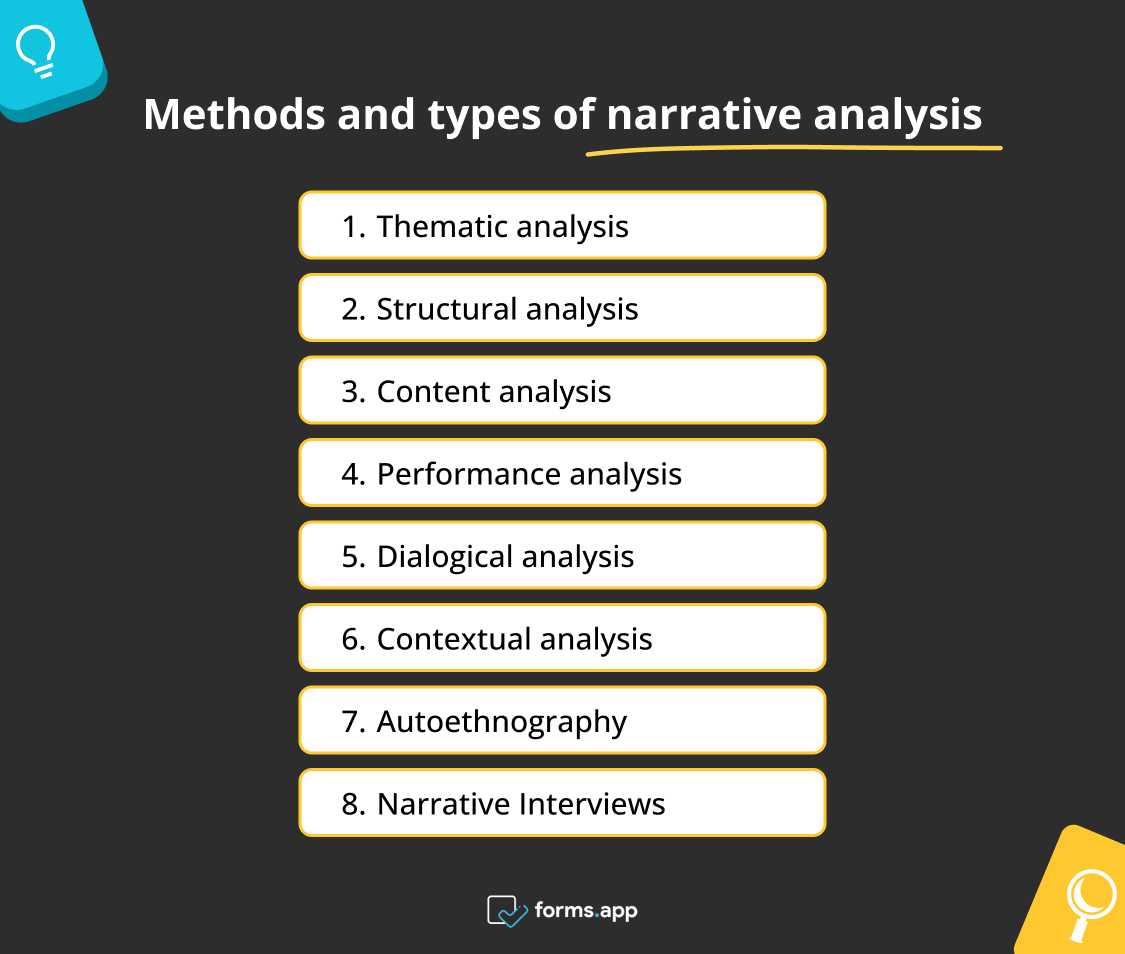
Narrative analysis methods
You have captured, transcribed, and coded the narrative data; now it's time for analysis methods. Narrative analysis researchers use several methods to conduct it. You can choose the best method option for your narrative inquiry between them. Now, these are the methods of narrative analysis:
1. Thematic analysis
Thematic analysis is an approach in qualitative research used to examine comprehensively recurrent patterns or themes within textual or visual data. It is a great way to categorize the data methodically to unveil inherent meanings and to get a better comprehension of the studied individual narratives.
2. Structural analysis
Structural analysis is an excellent way to examine the overall elements of a story, such as plot, characters, and sequencing. In short, it aims to reveal the aspects of the story, which is like seeing the skeleton of a building in an architectural drawing.
3. Content analysis
Content analysis can be seen as a similar approach to thematic analysis, but it examines and categorizes the presence of specific elements like words or themes quantitatively. It is also a systematic way to identify patterns to understand narrative content implications.
4. Performance analysis
Performance analysis focuses on how narratives are presented or, as its name says, how they are performed. It is a critical analysis to reveal elements such as pacing, tone, and delivery in individual stories. It can help you understand nuances of the same narrative told by different individuals.
5. Dialogical analysis
As the name says, this analysis focuses on dialogues and interactions within narratives. You can use it to examine the meanings and perspectives of individuals. It is crucial as it shows how different voices can contribute to the narrative.
6. Contextual analysis
Contextual analysis is used to explore broader perspectives surrounding narratives, such as social, historical, or cultural context. Since external factors can influence the narratives of individuals, researchers can investigate these factors using this method. And they can understand insights of the cultural influences that lie beneath the essence of stories.
7. Autoethnography
Autoethnography is another qualitative research approach that includes the researcher’s own experiences/personal narratives. The researcher’s subjective experiences are used to understand social phenomena, so it is a unique perspective to gain insight between analysis methods.
8. Narrative Interviews
Narrative interviews require engaging in extensive discussions with participants to analyze their mixed personal experiences. It helps to understand the context and depth of the conversation or experience. So, all in all, researchers concentrate on individual experiences and viewpoints to gain insight into the study.
Examples of narrative analysis
Take a look at the examples that will provide you with insight to conduct your research more efficiently. The examples are mainly about business research, and you can further investigate this topic on forms.app blog.
You can be interested in researching employee narratives. You can reveal their experiences within your business to understand relationships and organization. Thus, it is an important step towards a more productive business life.
Example: Demand your employees to document their performance and accomplishments. Analyze the data and give your employee a certificate of appreciation.
You can also analyze your customers’ reviews and feedback to gain insights into your business. A proper narrative analysis of your customer reviews will give you essential points to strategize your future steps. So, this research will serve to improve customer satisfaction.
Example: A food chain conducts a satisfaction survey to its customers about its newly launched food. They analyze the data and decide whether to take food off the market or not.
Another example is analyzing success stories to find out how they achieved business success. There will be enough materials, such as media coverage, testimonials, and auto-biographies, to help you identify factors contributing to business achievements.
Example: To understand the reason for the overall success of a product, person, or company, you can find resources about it and examine it.
The last example is examining the narratives of a brand itself. Long-lasting brands are especially a good source for a comprehensive understanding of their evolution and society's perception. You can survey consumers or investigate a brand's campaigns to measure overall success.
Example: You are a newly established business, and you aim to be as successful as well-known brands. So, you may need to analyze their customer profiles and brand descriptions.
8 steps to follow in narrative analysis
Although the number of steps varies depending on your needs and the nature of your research, it is possible to conduct both simple and ideally adequate research in roughly eight steps. You can think of it as a checklist and plan your research accordingly. Here are 8 steps to follow in narrative analysis:
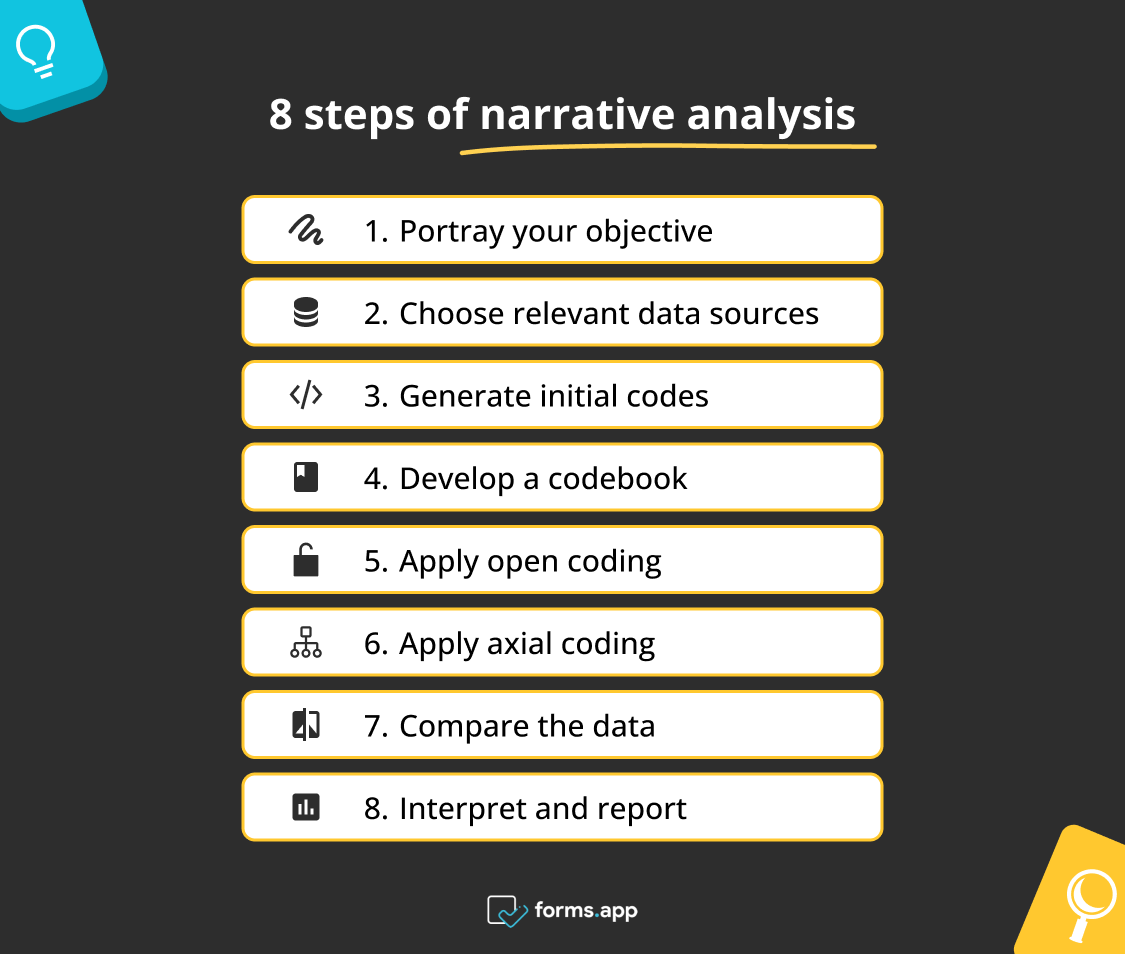
Steps of narrative analysis
1. Portray your objective
Every successful research begins with successfully determining your purpose and needs. This is important for finding the necessary data and discarding unnecessary data, and it will benefit you both in terms of time and economy. Remember to be clear and precise and highlight your needs.
2. Choose relevant data sources
Again, you should choose the best data source that aligns with your research goal. These sources can be interviews, media coverage, auto-biographies, surveys, and oral or written stories. And each data collection method will be different in analyzing and giving insights for your inquiry.
3. Generate initial codes
As is told above, you should generate initial codes by analyzing concepts to gather later when needed. Although technical details will not be shared in this article, you may need software for it shortly, so try to choose the best software for your study needs.
4. Develop a codebook
You may need a qualitative codebook documenting code definitions and examples to ensure consistency through your narrative analysis. It is especially useful if you are working with a team because it will serve as a reference for your study. It can also be good for analyzing your coding options later.
5. Apply open coding
You can apply this method to explore the data organically to find occurring themes. The data is open to interpretation, so it is up to your analyzing skills to understand what you see.
6. Apply axial coding
If you are new to the term axial coding, there are “axes” namely categories to branch out your codes. You can group related codes together during axial coding. It is good to reveal the relationships between parts and whole and hierarchies between codes.
7. Compare the data
For a perfect data analysis, it is necessary to constantly compare new data with existing codes. There are many graphical displays where you can check your data. This is an important step in gaining consistency and understanding of your research.
8. Interpret and report
And lastly, you can think of it as putting theory into action. You should correctly interpret the collected narrative analysis data and use it to solve your needs and problems. This has to be done meticulously, as misleading conclusions are not something you wish to obtain.
Frequently asked questions about narrative analysis
People who are more detailed and investigative may want to know more about narrative analysis, or the things mentioned in the article may still bother your mind. Typical questions below may answer your questions and can clear up the confusion in your mind.
Narrative analysis emphasizes the qualitative interpretation of the data; on the other hand, quantitative analysis involves the analysis of numerical data to derive statistical conclusions.
Yes, narrative research is essential for narrative analysis as it involves collecting and interpreting stories for the basis of the analysis.
Narrative analysis is a method within qualitative research. So, it contributes to the general research methodology.
It is a qualitative method.
The content analysis focuses on the frequency of words, but the narrative analysis focuses on the meanings of words and stories.
The thematic analysis focuses on the patterns of the themes, but the narrative analysis focuses on the structure and meaning of the themes.
Conclusion
In conclusion, narrative analysis, a qualitative research method, delves into the complex world of stories. By examining the narrative structure and employing an approach to narrative analysis, researchers unravel the complexities within human experiences. Defining a straightforward research question and using systematic application methods like thematic analysis or content analysis is vital.
This article shows the need for a well-prepared narrative analysis through various examples. Now, you are able to dive into the individual experiences!
- What is narrative analysis?
- Why and when do you need narrative analysis?
- How to capture narrative data
- How to transcribe narrative data
- How to code narrative data
- Methods/Types of Narrative Analysis
- Examples of narrative analysis
- 8 steps to follow in narrative analysis
- Frequently asked questions about narrative analysis
- Conclusion
forms.app, your free form builder
- Unlimited views
- Unlimited questions
- Unlimited notifications

